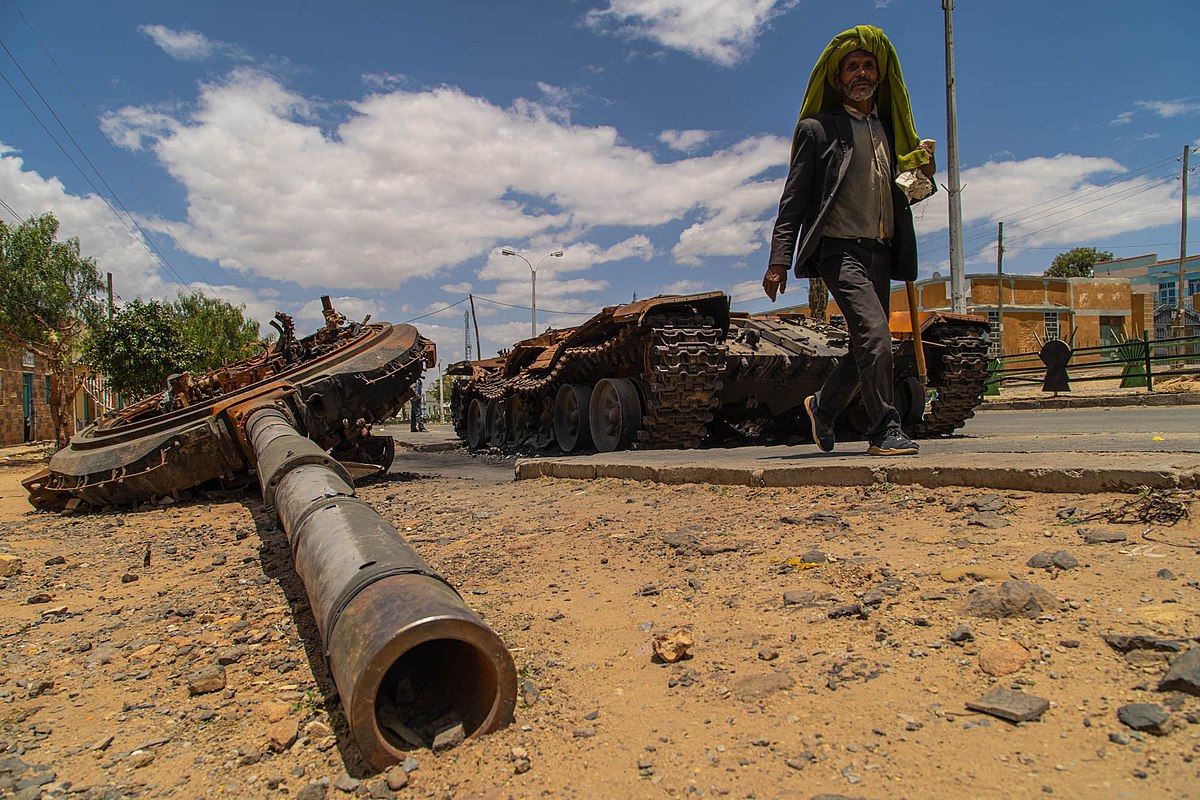
The Resident Evil Game That Can't Be Remade - IGN
Resident Evil 5 simply can’t be remade, at least not to the standards of Capcom’s best work. And so the answer is not to remake, but to rewrite.
Dated design
Resident Evil is a survival horror series, not that you’d know that playing Resident Evil 5. Sure, it features a constant flow of horrific imagery, but RE 5 is an action game through-and-through. That’s evident in its cover-shooter mechanics, vehicle chases with on-rails turret sequences, and the constant rattle of assault rifles. Even its visual design evokes the sandy shades of modern military games that experienced mass popularity in the late 2000s. It all speaks to a series that had lost its way. Rather than reflect on the tenets that were the foundation of its existence, Resident Evil 5 looked to the contemporary gaming zeitgeist in an attempt to find a new lease of life. The result is an unholy hybrid of Resident Evil, Gears of War, and Call of Duty. It’s as ugly and unwieldy as it sounds.
This design appears to be not just a misguided attempt to follow Western successes, but also a misreading of its predecessor. With Resident Evil 4, director Shinji Mikami deftly reinvented the series through the use of a new over-the-shoulder camera angle. The perspective allowed for a more kinetic, action-heavy game. Despite this, Mikami never lost sight of the terror at the core of Resident Evil. Through use of enemies that were strategically placed to provide undulating waves of tension and fear, and the inclusion of Ashley as your vulnerable charge, combat encounters were focussed on surviving overwhelming horrors rather than dominating foes.
Resident Evil 5, meanwhile, presents its enemies as waves to be gunned down with increasingly powerful weaponry. Their purpose is cannon fodder; a wall of meat to slow your progress through levels. And those levels are not locations to be explored; instead they are largely funnels that push you from entrance to exit. Resident Evil 4 may have replaced the series’ traditional continuous structure with discrete levels in an attempt to move away from the backtracking-heavy design of previous games, but it preserved the spirit of locations like the Raccoon City Police Station. The village, Salazar’s castle, and the island feature interlocking, explorable pathways that solidify these locations as authentic spaces rather than obstacle courses. Resident Evil 5 has no interest in this, with the majority of its stages being little more than corridors peppered with dead-ends to hide treasures in. Their lack of authenticity means no one will ever mention the Kijuju Autonomous Zone in the same breath as the Spencer Mansion.
Touchy subject matter
Set in a fictional West African country, Resident Evil 5’s primary antagonists are Black people. Yes, technically it’s the Uroboros virus that protagonist Chris Redfield is fighting, but the parasite’s host is depicted as a nation of mobs and primitives who are violent even before their infection. Intentionally or not, Resident Evil 5 positions Africa as the ‘Dark Continent’, an uncivilised world harbouring a diseased population that needs gunning down via Western intervention in the name of global security.
This insensitive treatment of people of colour was hotly debated even as early as Resident Evil 5’s debut trailer, with writers such as N’Gai Croal and Stephen Totilo pointing out the game’s uncomfortable, post-colonial imagery. The arguments and think-pieces continued well into the game’s release window, with IGN’s own former editor-in-chief Hilary Goldstein having also wrestled with the subject. But that was 2009 – a time when race was apparently a debate rather than a reality. In the 2020s, in a post-Black Lives Matter world, there is only one acceptable response to a white man shooting waves of Africans for an entire video game: no.
Remakes may be able to redefine their source material, but there’s only so many changes you can make until it’s not a remake at all, but an entirely new game. And if you take Africa out of Resident Evil 5, is it Resident Evil 5 anymore? Even with a vastly improved, more sensitive take on the continent – perhaps one with a Black protagonist and more empathetic look at the outbreak – the experience would simply be too divorced from the original to hold the name ‘Resident Evil 5’.
In Resident Evil 4 remake’s post-credits scene, evil mastermind Albert Wesker details his plans for world domination to Ada Wong. Reflected in his glasses is an image of Excella Gionne and the Stairway of the Sun – two significant plot elements from Resident Evil 5 – which indicates Capcom’s intentions. But there’s more to consider. This scene is largely a replication of a sequence from Assignment: Ada, a non-canon chapter from the original Resident Evil 4. Its shift from unofficial to canon points to a willingness to change. Furthermore, the end of this scene is entirely re-written: when learning of Wesker’s plans, rather than dutifully deliver the stolen Las Plagas sample to him, Ada betrays her shadowy boss and forces her helicopter pilot to turn around. In this moment the future of Resident Evil becomes unclear. Capcom has given itself the freedom to do whatever it wants – I just hope it’s not a remake of Resident Evil 5.










